The Captain’s crew hitches a ride on a slick Haines 788SF fitted with a Seakeeper 2 gyro stabiliser. It’s the coolest technology to hit the trailer boat market since 12-volt pie warmers.
Trailer boat owners prone to seasickness can finally rejoice because Seakeeper has successfully installed a gyro stabilising system in a 26ft (8m) boat. Seakeeper stabilisers have been fitted in larger vessels before, but the Seakeeper 2 is the smallest gyro stabiliser so far. To prove its point, Seakeeper got its hands on the Signature 788SF console (as seen in The Captain’s Black Label edition), and fitted it under the helm seat, making it the smallest vessel ever fitted with a gyro stabiliser.
The Captain’s crew tested the Seakeeper 2 firsthand on Sydney Harbour, poking our noses out past the heads in 20–25 knots and 1–2m seas. We drifted beam-on to sea with the gyro off, noting the Signature console was tender — far too uncomfortable to bottom fish. We repeated the test in the same position with the gyro on. The boat sat absolutely flat. The vessel still went up and down in the seas, but without the rock’n’roll. If we’d had beers, we wouldn’t have spilled a drop. Satisfied with our offshore test, we ducked inside the heads to Blue Fish Point, to test the Seakeeper in calmer waters. With several blokes on the gunwales, we rolled the boat to a 15-degree angle — at the flick of a switch, the vessel was transformed into a concrete pontoon with 0-degree attitude.
SIMON SAYS
Good news for speed freaks is that the Seakeeper also works when the vessel is underway without sacrificing performance. Seakeeper Australia’s Simon Bochenski describes the performance at speed, “I came in behind the Manly ferry the other night and instead of the boat rolling down into the wave, it stayed nice and flat, chopped into the wave and came back up the other side. It makes your boat a lot easier to steer and reduces fatigue on the body.”
When asked who the Seakeeper would benefit most, Simon says, “It’s going to suit sports fishos who want a stable platform for casting all day long — then want a stable ride home when it turns rough. It’s also going to appeal to the family. If you want to take the wife and kids out, the boat won’t rock and roll.” Simon also says commercial operators in smaller boats will benefit from improving working conditions while reducing fatigue on the skipper, meaning more hours fishing.
HOW THE SEAKEEPER WORKS
The Seakeeper features a flywheel spinning inside a vacuum-filled enclosure isolated from the marine environment. When the boat rolls (rock and roll) the gyro “precesses” (tilts fore and aft) producing a powerful anti-rolling torque to port and starboard that counteracts the boat roll.
Simon describes it as the same principle as when an angle grinder kicks under load. The centrifugal torque created by the grinder is the same as the flywheel — when it senses a change in momentum and direction, the flywheel precesses and puts torque through the hull to compensate.
Spinning at 9000RPM the Seakeeper is highly balanced, smooth and quiet. The guys in R&D patented a cooling system that keeps the bearing temperature stable with the use of a glycol/sea water circuit.
WHAT IS A GYRO?
To many of us, a “gyro” is a stack of meat, thinly sliced, wrapped in flatbread then stuffed with tomato, onion, tzatziki sauce and (sometimes) French fries. But the term doesn’t come from the stabilising effect it gives your stomach after a night on the rums — it comes from the Greek word for “circle” or “turn”, and refers to the rotisserie method used to cook the meat.
It’s the same with the gyroscope, by definition a device for measuring or maintaining orientation and angular velocity. It’s a spinning wheel or disc that self-orientates, unaffected by tilting or rotation of the mounting. With the Seakeeper, the spinning rotor is encased in a vacuumfilled enclosure to reduce drag, and actively controlled to adapt to the sea conditions.
Gyroscopes are used in mining and tunnel surveying, on ships, submarines, aircraft and spacecraft. On cruise ships they’re used in motion-sensitive devices such as self-levelling pool tables. They’re even in your Smartphone, PlayStation and Wii Remote.
EMMACHIZZIT?
The Seakeeper 2 comes in at $29,900 plus GST, plus installation. Simon says the value is self-evident. “There are a lot of similarly priced marine accessories that bolt onto your boat. With the gyro you can actually feel it doing something. You’re going to save a lot of money on seasickness tablets, for sure!”
The Seakeeper 2 tips the scales at 188kg and the unit fitted to the Signature is powered by four 150 amp hour AGM gel batteries. This give 6–6.5 hours of run time on the batteries alone, assuming the engine alternators aren’t in charge mode.
The little gyro spits out 2000nm per second of angular momentum, so to be sure your vessel is Seakeeper-fit, the inspection crew will do a report. They’re pretty confident in the product and target 60-90 per cent reduction in roll. Impressively, on our test day the 788SF recorded 94 per cent at the heads.
The gyro can be fitted to new boats (subject to the manufacturer) or retrofitted. The process involves mounting a grid to the deck with the gyro mounted inside. Fitting time is about 16 hours (two days). On the Haines, it sits under the helm seat. We could barely hear it running and after a while forgot it was there. And The Captain’s rum glass remained full to the brim — until he picked it up, of course.
A BRIEF HISTORY OF GYROSCOPES
- 1743 John Serson invents the “Whirling Speculum” aka “Serson’s Speculum”. It is used as a level to locate the horizon in foggy or misty conditions.
- 1852 Léon Foucault uses a gyroscope (above) in an experiment involving the rotation of the Earth. He coins the name “gyroscope”.
- 1860sElectric motors make it possible for a gyroscope to spin indefinitely, leading to the development of heading indicators and the gyrocompass.
- 1904 German inventor Hermann Anschütz-Kaempfe patents the first functional gyrocompass. 1910 Elmer Sperry founds the Sperry Gyroscope Company to provide aircraft and naval stabilisers.
- 1917 The Chandler Company of Indianapolis creates a toy gyroscope with a pull string and pedestal. The company is purchased by TEDCO in 1982, which continues to manufacture the gyroscope to this day.
- 1939–45 The gyroscope becomes the prime component for WWII aircraft and anti-aircraft gun sights.
- 1950s Global race to develop midget gyroscopes for guided missiles and weapons navigation systems. Some weigh less than 85g, have a diameter of 2.5cm and can spin at 24,000RPM in less than 10 seconds.
- 2002 Seakeeper INC founded. Based in California, Maryland, the company launches a gyro stabiliser. There are now 12 models in the range.

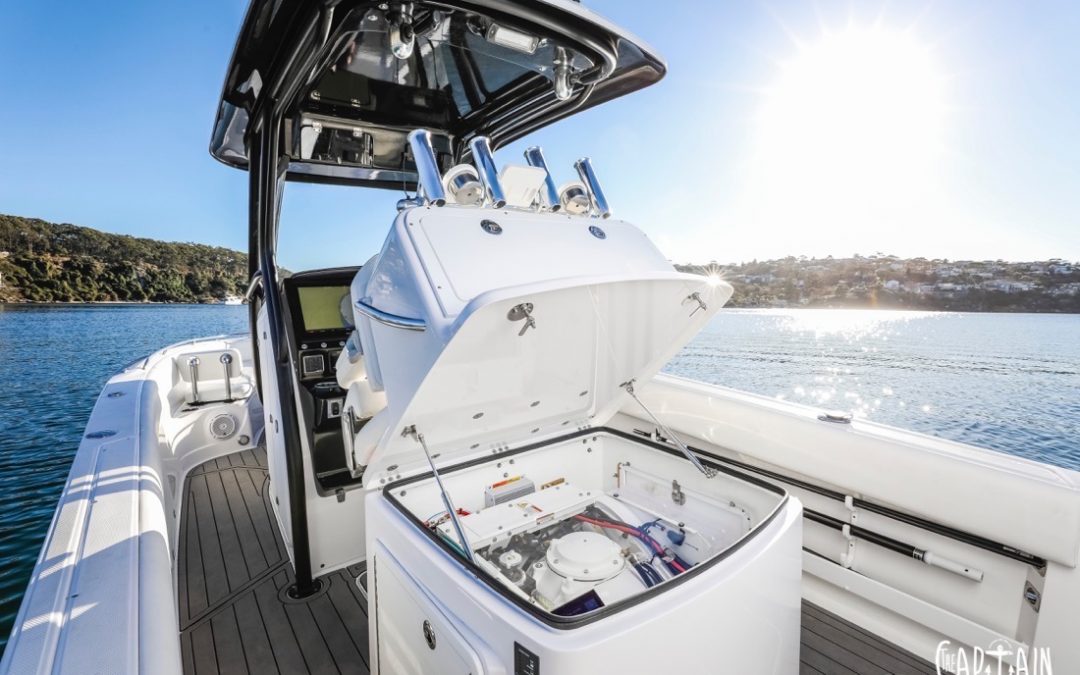
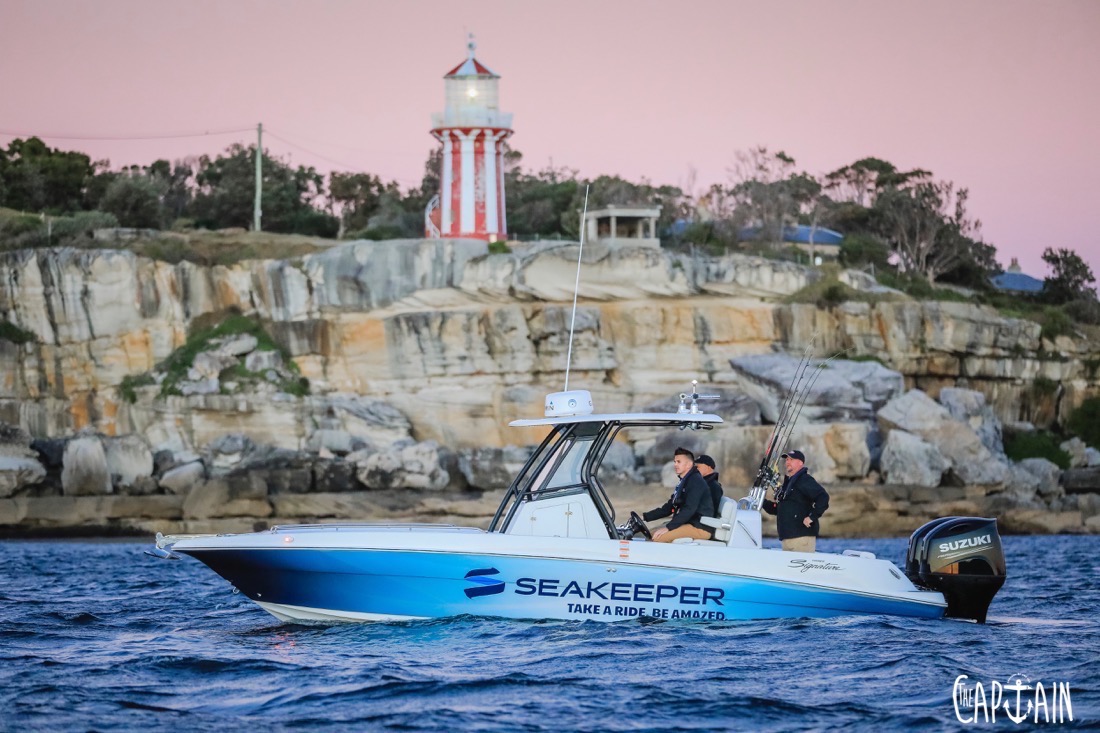
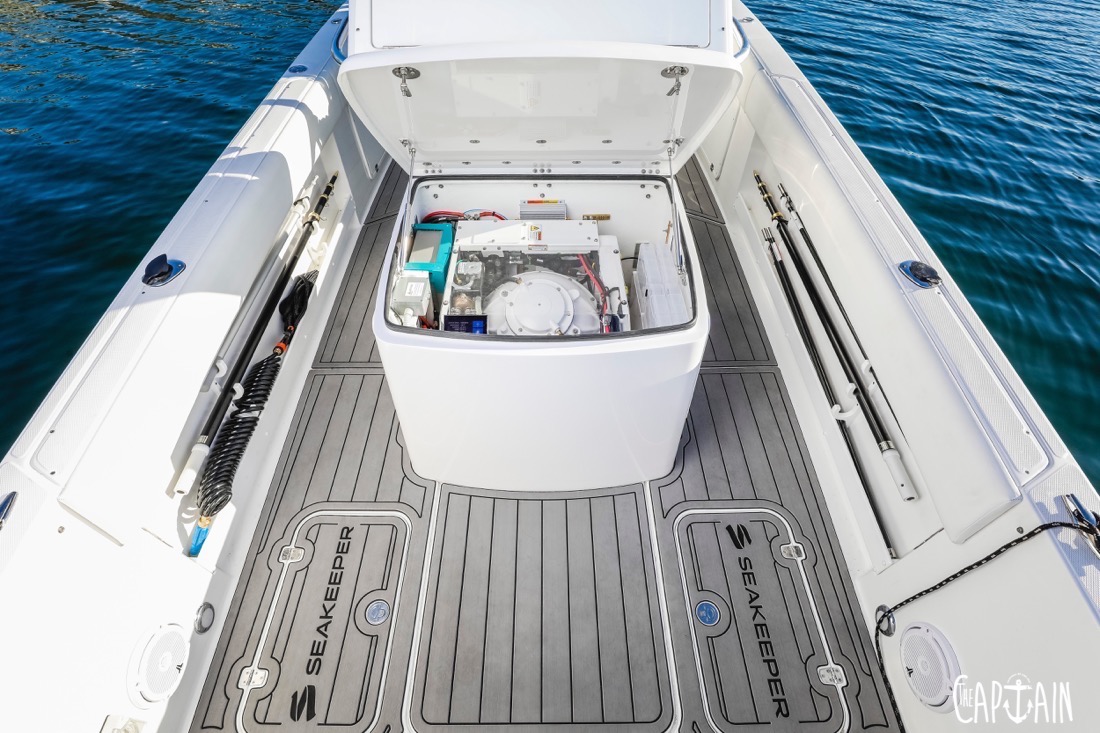
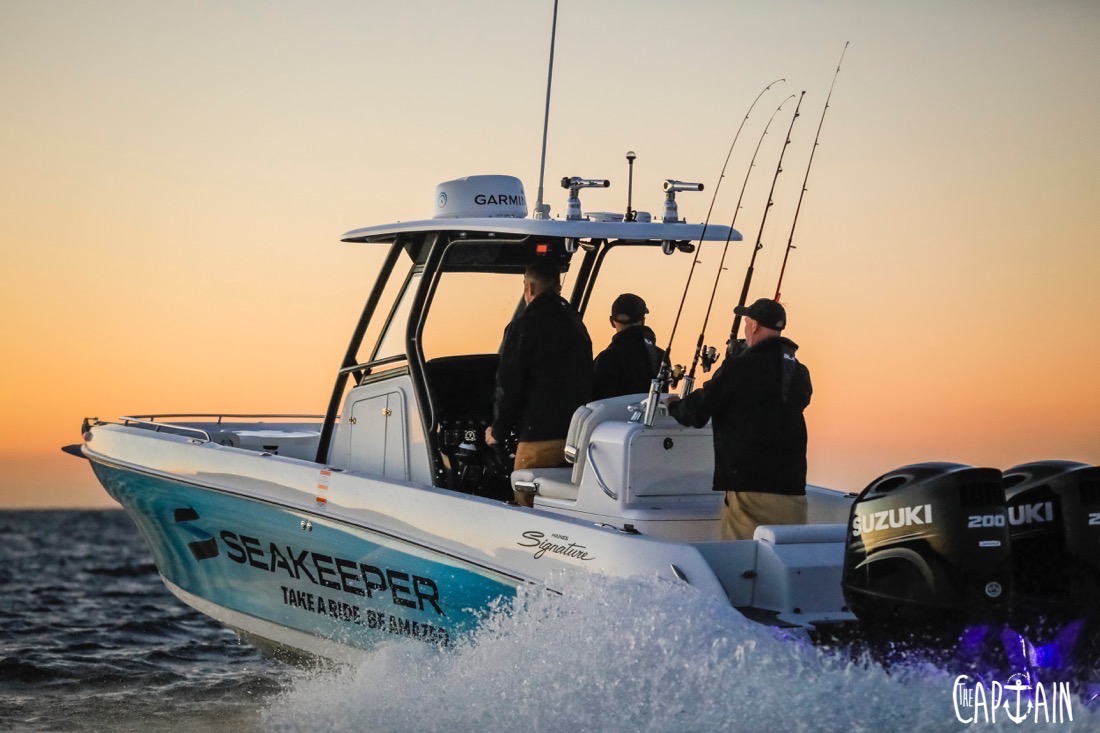
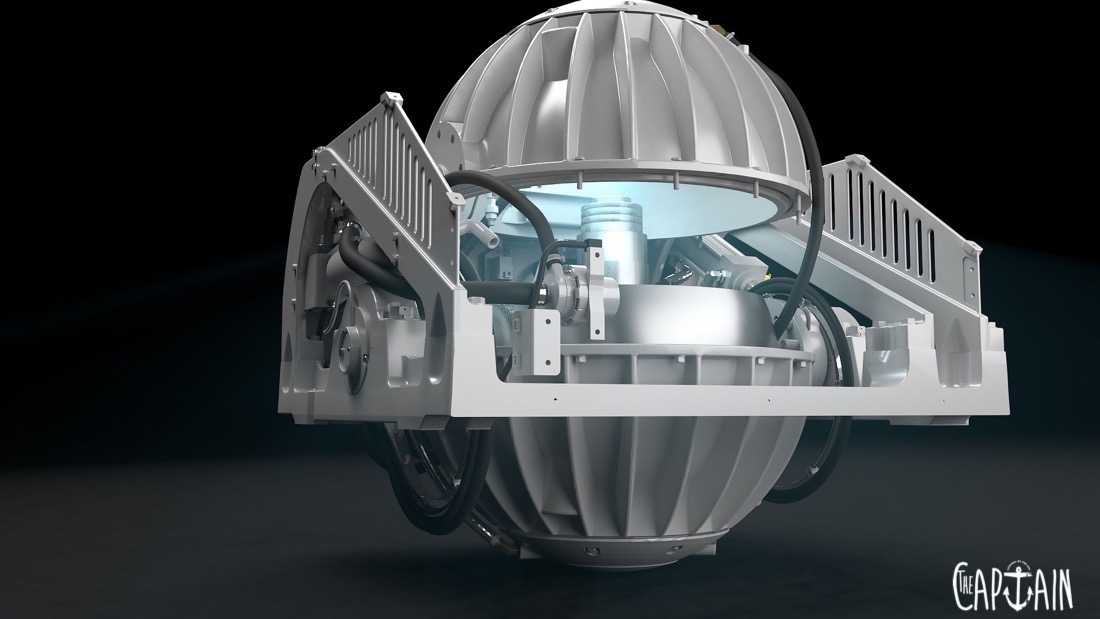
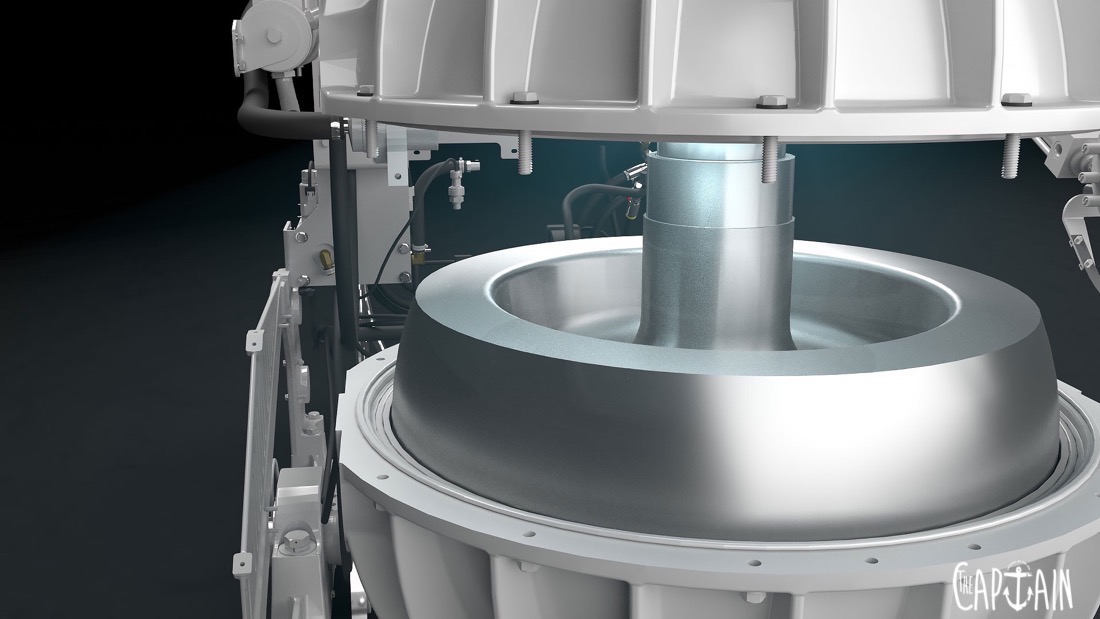

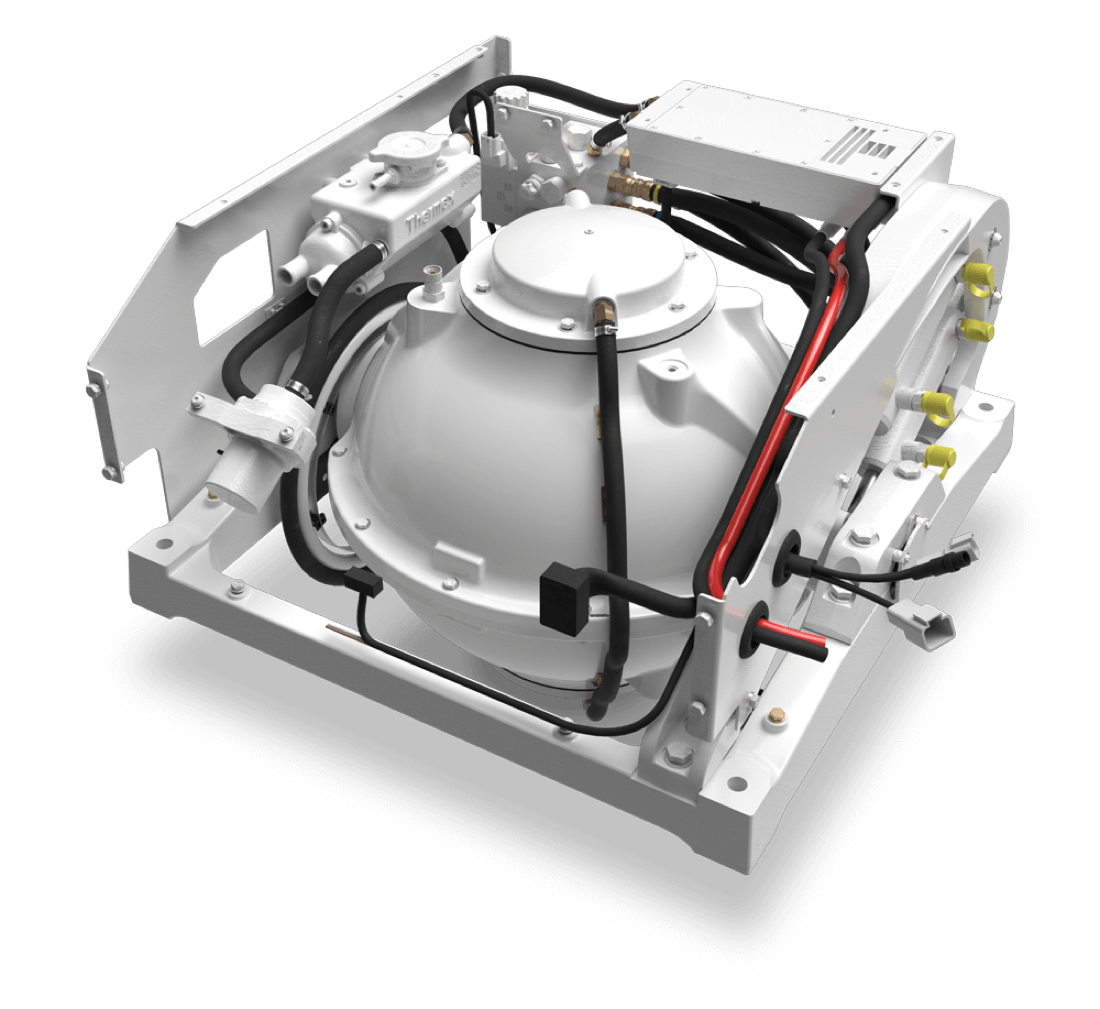
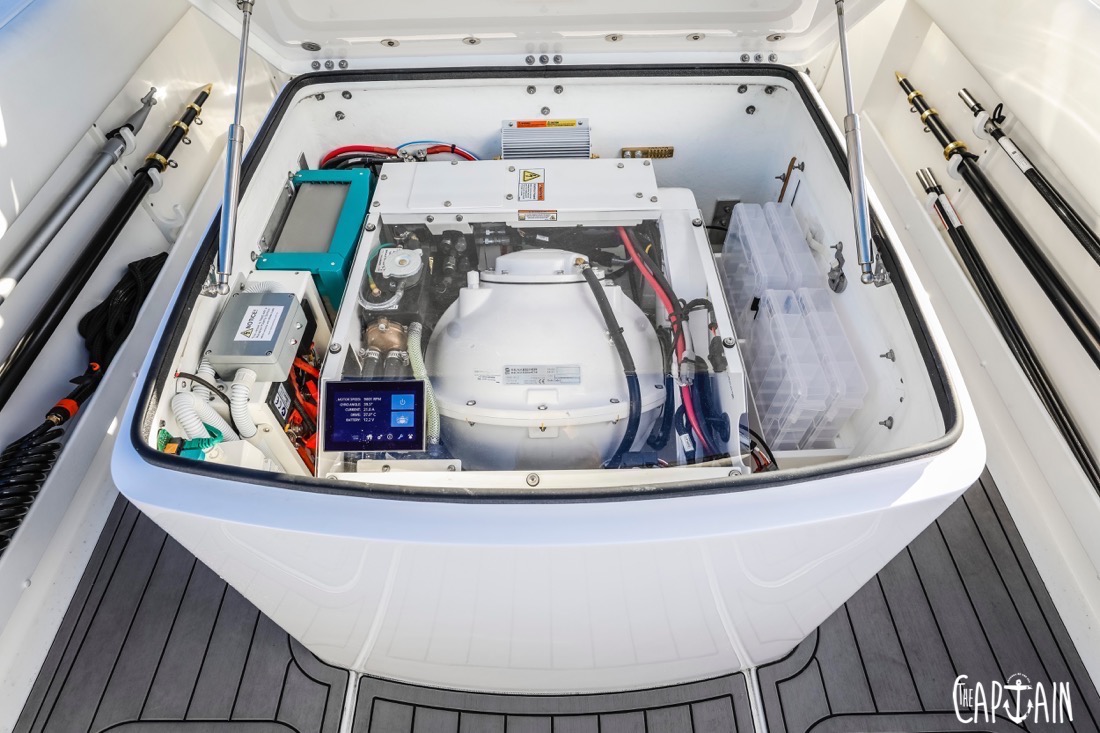
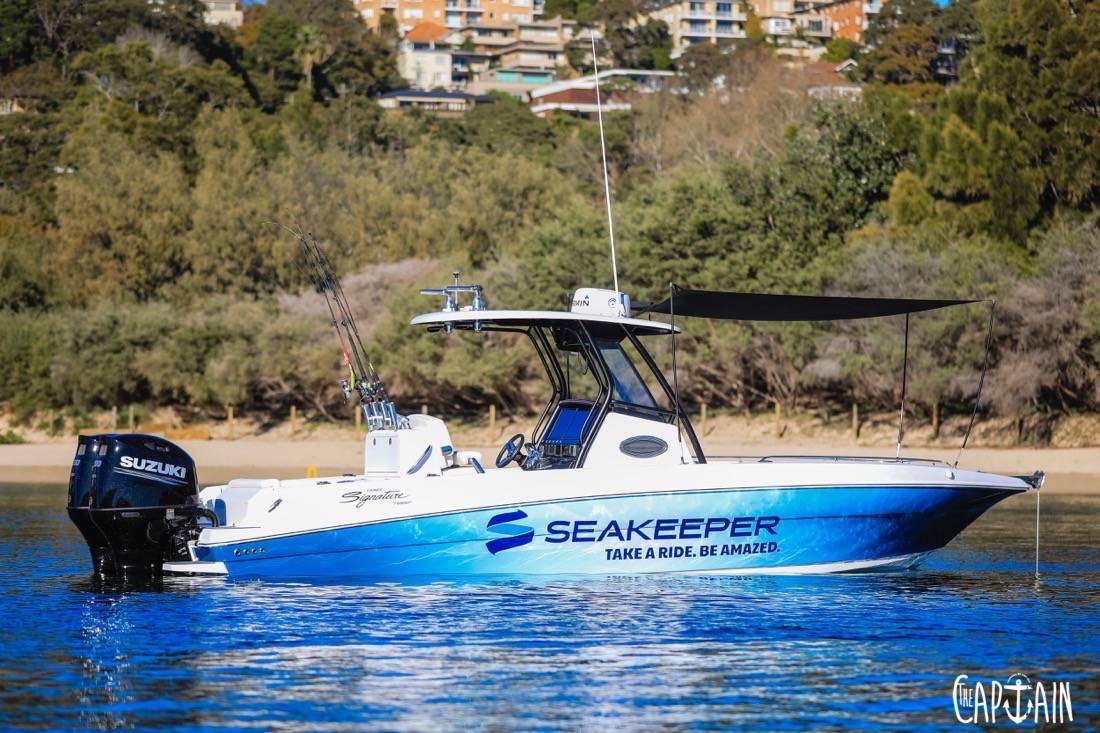
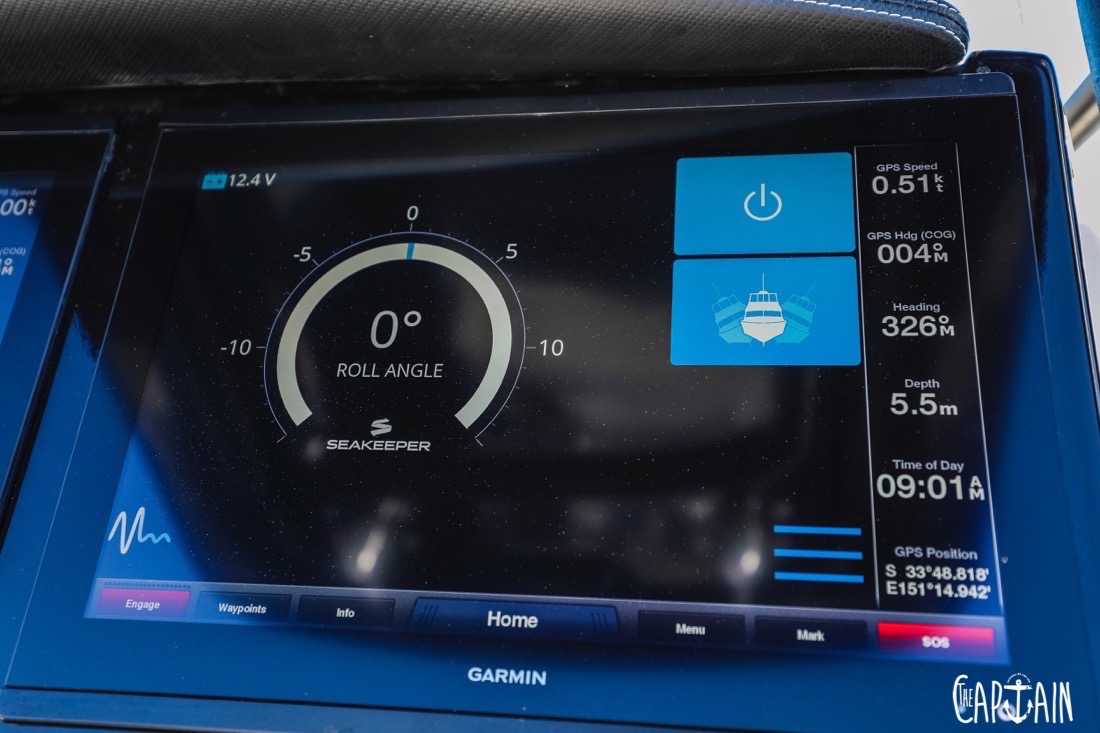
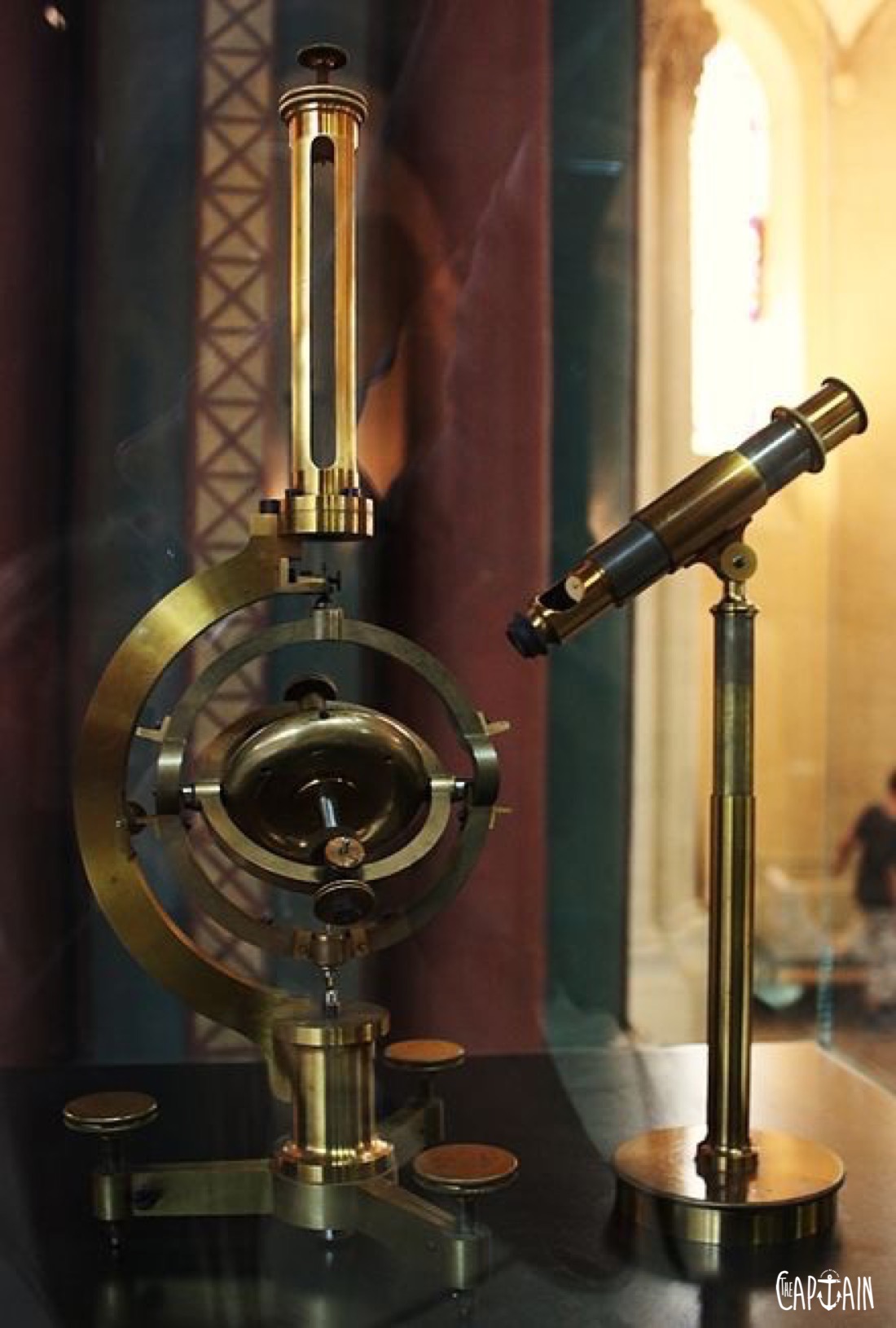
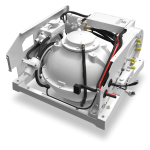
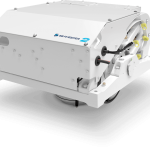
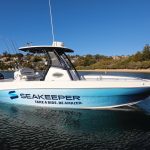

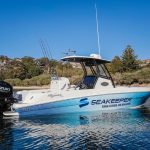
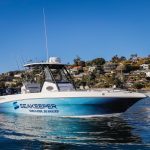
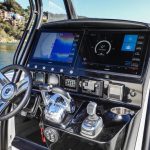
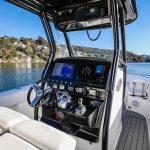

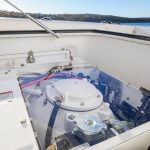
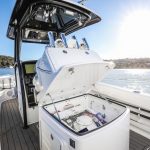
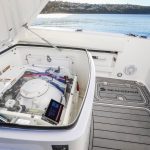
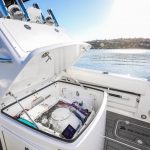
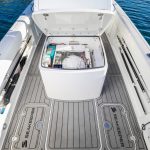

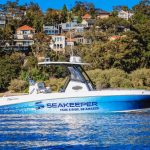

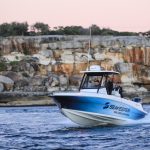
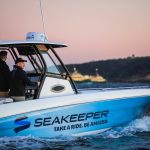
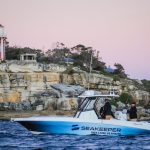
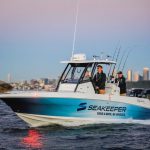
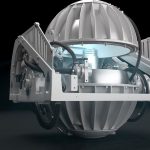

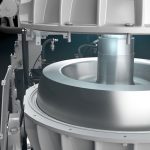
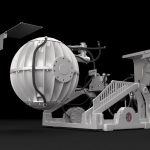
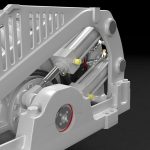
Recent Comments